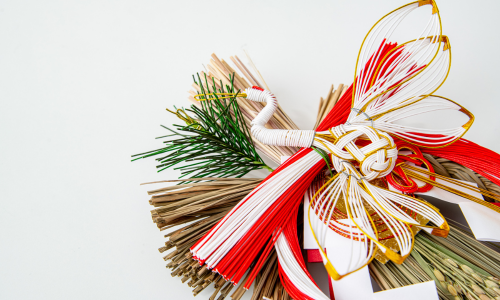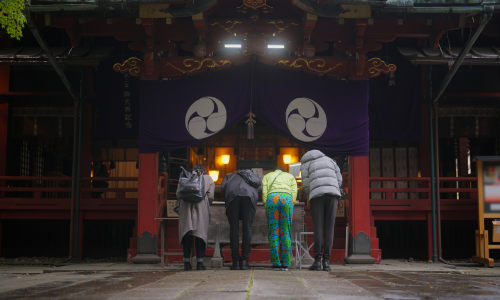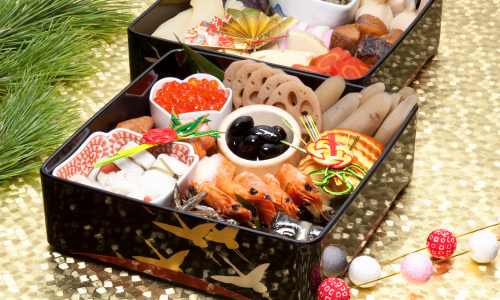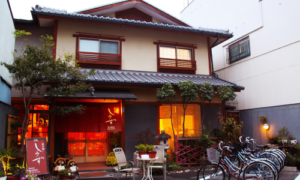New Year’s Eve and New Year in Japan: A Time of Reflection and Renewal
In Japan, the transition from Ōmisoka (New Year’s Eve) to Shōgatsu (New Year’s Day) is one of the most important and cherished times of the year. Unlike the festive atmosphere often associated with New Year’s celebrations in many countries, Japan’s approach emphasizes family, tradition, and spiritual renewal. Let’s explore the unique customs and practices that make this period so special.

New Year’s Eve: Ōmisoka
House Cleaning and Preparation
In the days leading up to Ōmisoka, families clean their homes thoroughly in a tradition called ōsōji (big cleaning). This symbolizes clearing away the old year’s misfortunes and welcoming the new year with a fresh start.
Toshikoshi Soba
On the evening of December 31st, it’s customary to eat toshikoshi soba (year-crossing noodles). The long noodles represent longevity and resilience, and eating them is believed to bring good fortune in the coming year.
Joya no Kane
At midnight, Buddhist temples across Japan ring their bells 108 times in a ritual called joya no kane. This practice symbolizes purging the 108 worldly desires and sins according to Buddhist beliefs, allowing people to start the new year with a pure mind and heart.
Image of Winter temples
.png)
New Year’s Day: Shōgatsu
Hatsuhinode
Many Japanese people welcome the new year by observing hatsuhinode, the first sunrise of the year. Watching the sunrise is believed to bring good fortune and is often done at special spots like mountaintops, beaches, or shrines.
Hatsumōde
Visiting a shrine or temple for hatsumōde, the first visit of the year, is a central part of New Year’s celebrations. People pray for health, happiness, and success in the year ahead. They may also purchase omamori (charms) and draw omikuji (fortune slips) to see what the new year holds.
Image of Hatsumōde(初詣)

Osechi Ryori and Otoshidama
Families gather to enjoy osechi ryori, a traditional New Year’s meal served in beautifully arranged lacquered boxes. Each dish has a special meaning, such as black beans for health or herring roe for fertility. Children also look forward to receiving otoshidama, envelopes containing money, from parents and relatives.
Image of Osechi Ryori

A Time for Reflection and Togetherness
New Year in Japan is not just about celebration but also about reflection and renewal. Families come together, reconnect, and express gratitude for the past year while setting intentions for the year ahead. It’s a quiet and spiritual time, in contrast to the more boisterous celebrations seen elsewhere.
A Unique Japanese New Year Experience
For those visiting Japan during this period, participating in traditions like eating toshikoshi soba or experiencing hatsumōde can offer a deep insight into Japanese culture. Whether you’re listening to temple bells ring in the night or watching the first sunrise of the year, Japan’s New Year customs are sure to leave a lasting impression.


